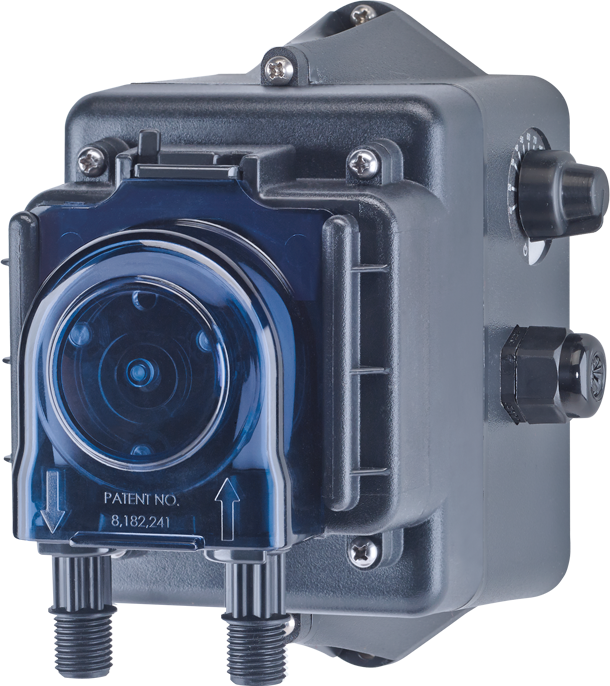Hi All,
I'm looking into Stenner pumps for MA and would like to get feedback regarding my analysis. I have not found other members mentioning using the Econ LD in the forums.
I run my Pentair VS pump at low rpm 24/7 all year along with an SWCG at low settings. My acid demand is up to 1 gal per week and becomes negligible in winter (live in AZ, so pool is not winterized). I read several of you use a timer with the classic series or Econ T while others use ORP systems. I prefer small constant all day dosing.
If the MA is mixed with water 1:1, my pool's demand of the diluted solution would look like this:
- Summer: up to 2 Gal per Week => 256 oz / wk => 36 oz / day => 1.5 oz / hr
- Winter: not sure (maybe less) 1/8 gal per week => 16 oz / wk => 2.3 oz / day => 0.1 oz / hr.
Seems to me that the Econ LD would be the obvious choice for what I want to achieve and covers my range of demand for the mixed solution:

 stenner.com
E10LHM flow rate: 0.04 - 2.4 oz / hr
stenner.com
E10LHM flow rate: 0.04 - 2.4 oz / hr
Other pumps have larger dosing or very expensive such as the S model @ ~1k:

 stenner.com
stenner.com
The only thing I don't like about it is that it does not have an input for flow. It would have been good to be able to prevent it from producing in the case that there is no flow.
Any comments are appreciated.
Allen
I'm looking into Stenner pumps for MA and would like to get feedback regarding my analysis. I have not found other members mentioning using the Econ LD in the forums.
I run my Pentair VS pump at low rpm 24/7 all year along with an SWCG at low settings. My acid demand is up to 1 gal per week and becomes negligible in winter (live in AZ, so pool is not winterized). I read several of you use a timer with the classic series or Econ T while others use ORP systems. I prefer small constant all day dosing.
If the MA is mixed with water 1:1, my pool's demand of the diluted solution would look like this:
- Summer: up to 2 Gal per Week => 256 oz / wk => 36 oz / day => 1.5 oz / hr
- Winter: not sure (maybe less) 1/8 gal per week => 16 oz / wk => 2.3 oz / day => 0.1 oz / hr.
Seems to me that the Econ LD would be the obvious choice for what I want to achieve and covers my range of demand for the mixed solution:

Stenner peristaltic metering pumps Econ LD low volume dosing 50:1 turndown
Stenner peristaltic metering pumps Econ LD compact, variable speed, precise accurate low volume metering with 50:1 turndown
Other pumps have larger dosing or very expensive such as the S model @ ~1k:

Stenner peristaltic metering pumps every Stenner type on one chart
The pumps at a glance chart displays every type of Stenner pump and their key features, flow rate outputs and operating pressure maximums
The only thing I don't like about it is that it does not have an input for flow. It would have been good to be able to prevent it from producing in the case that there is no flow.
Any comments are appreciated.
Allen



